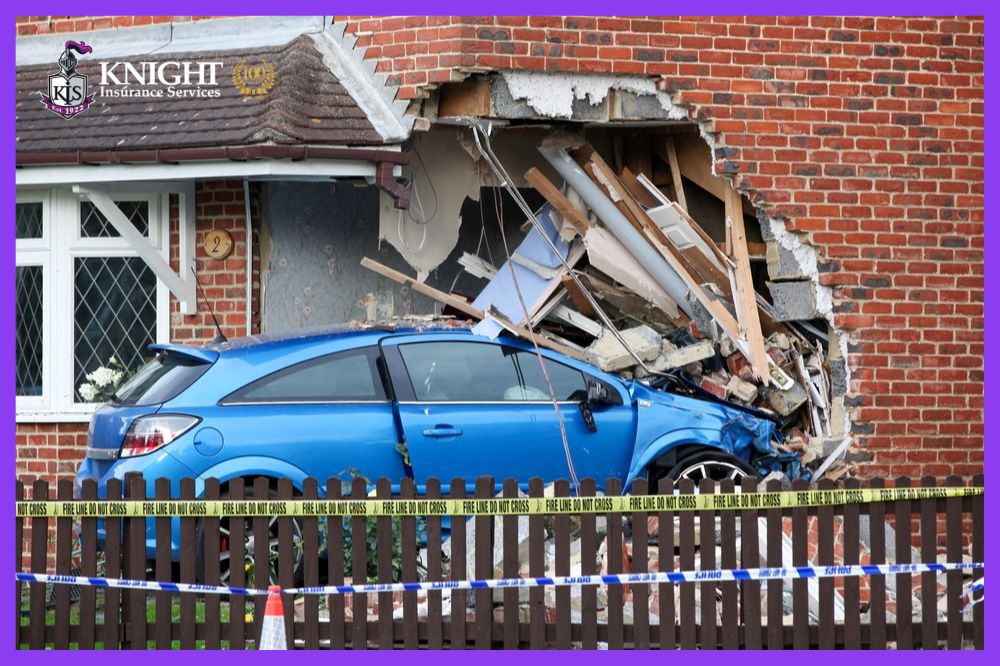


Contrary to popular belief, cars and trucks collide with homes and buildings quite frequently. Daily accidents involving retail and office buildings in the US average about 60. Sometimes brakes unexpectedly fail, or there is a skid caused by heavy rain. Regardless of the cause, a car crashed into your home. What should you do now that everyone is fine? How would you handle a car accident that causes damage to your house?
Damage from a car accident to a house can run into tens of thousands of dollars. Finding out who is accountable for the accident is crucial for a property owner. Most of the time, the driver of the car that hit the house will be held accountable and ordered to pay the homeowner compensation. Give the driver as much information as you can, including specifics on insurance providers and coverage. Get the car's make, model, and license plate number.
In addition to the limits of the at-fault driver's auto policy, your homeowners insurance should cover any additional damage to your home. Most common homeowners insurance policies cover damage to a home and any attached structures, like a garage, brought on by risks like fire, smoke, theft, vandalism, windstorms, and other things—including vehicles. The majority of typical homeowners policies list "vehicles" as one of the potential dangers that could result in damage. If a driver who has no insurance damages your home, your homeowners policy should also protect you.
Some situations, particularly when an entire wall is missing, may prevent you from sleeping in your home while it is being restored. In this situation, you might be eligible to receive free temporary housing placement services from your insurance company.
The majority of homeowners policies have high deductibles, so filing a claim could result in significant out-of-pocket expenses. If the damage to your house is not significant and won't be expensive to restore, it might not be advantageous to file a claim. It can be worthwhile to consider consolidating all of your insurance with one insurer because your insurer might eliminate one of the deductibles if you have both policies with the same provider. Making insurance claims could also result in an increase in your rate at renewal time.
This documentation entails more than just informing your insurance company about the incident. Instead, you can use the information from the parts of your house that have been harmed to support your claim. After the car accident, you might want to think about taking pictures of your house as soon as it's safe to do so. These images aid in providing verifiable proof of the extent of the negligent driver's harm. The amount of the personal injury settlement you receive from the defendant's insurance company is based in part on copies of your medical bills and records. It will be simpler if you ask for updated copies as you go to give your lawyer or to have on hand if you decide not to engage one.
You might be wondering what to do if the motorist is uninsured and what to do next. Unfortunately, the damages will necessitate the use of your homeowners insurance policy in the event that the driver is uninsured. According to the extent of the damage, you will probably be completely covered, albeit your rates might go up.
If you are aware of where your risks are, protecting yourself against unforeseen situations is simple. Home insurance coverage will also protect your house and its contents from unforeseen losses. Contact our professionals at Knight Insurance Services right away to begin creating your personalized homeowners insurance in California. With over 100 years of experience, we are committed to providing you with the best insurance policies.